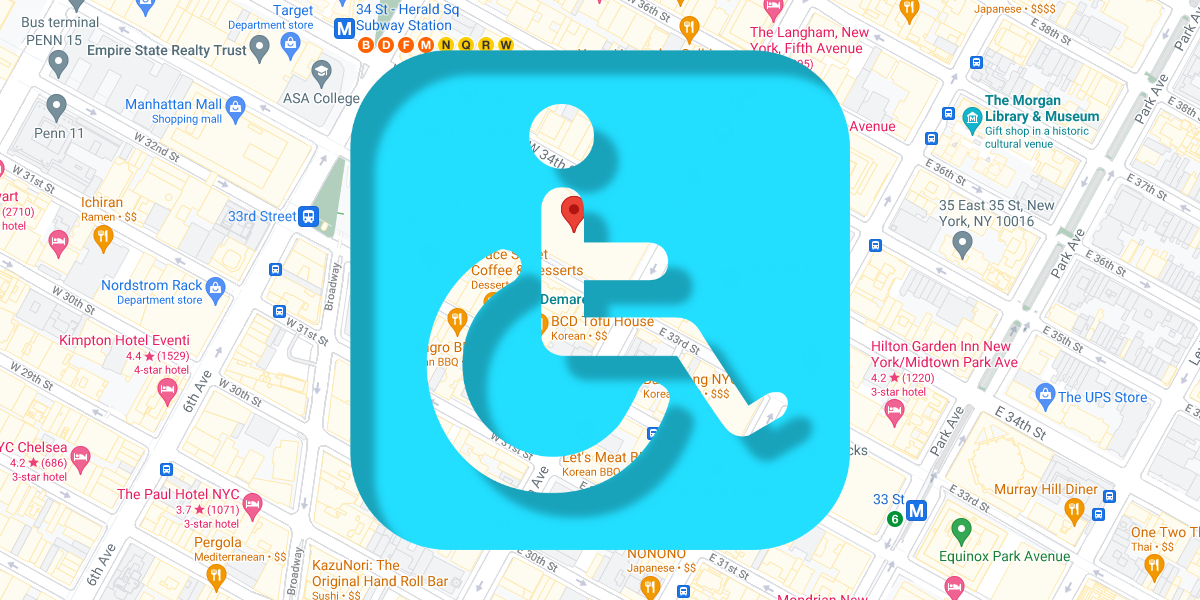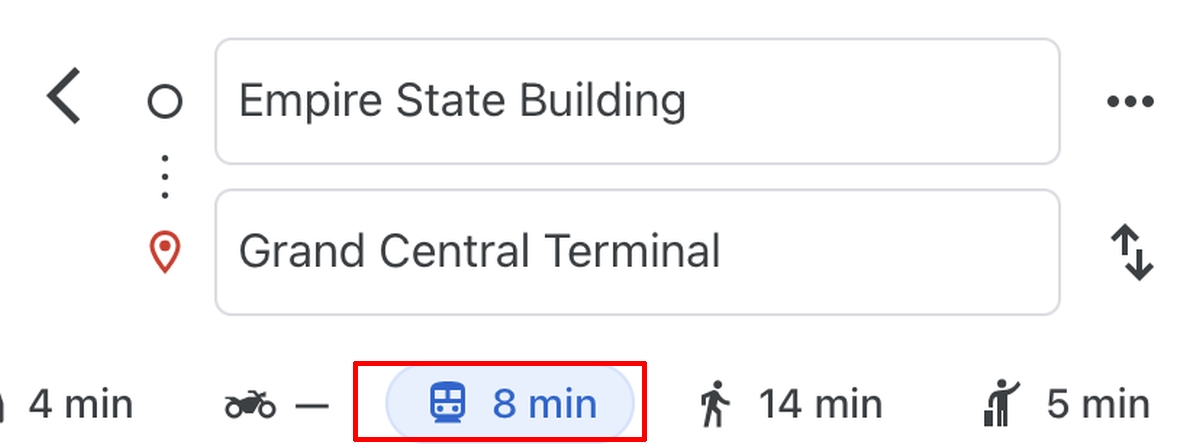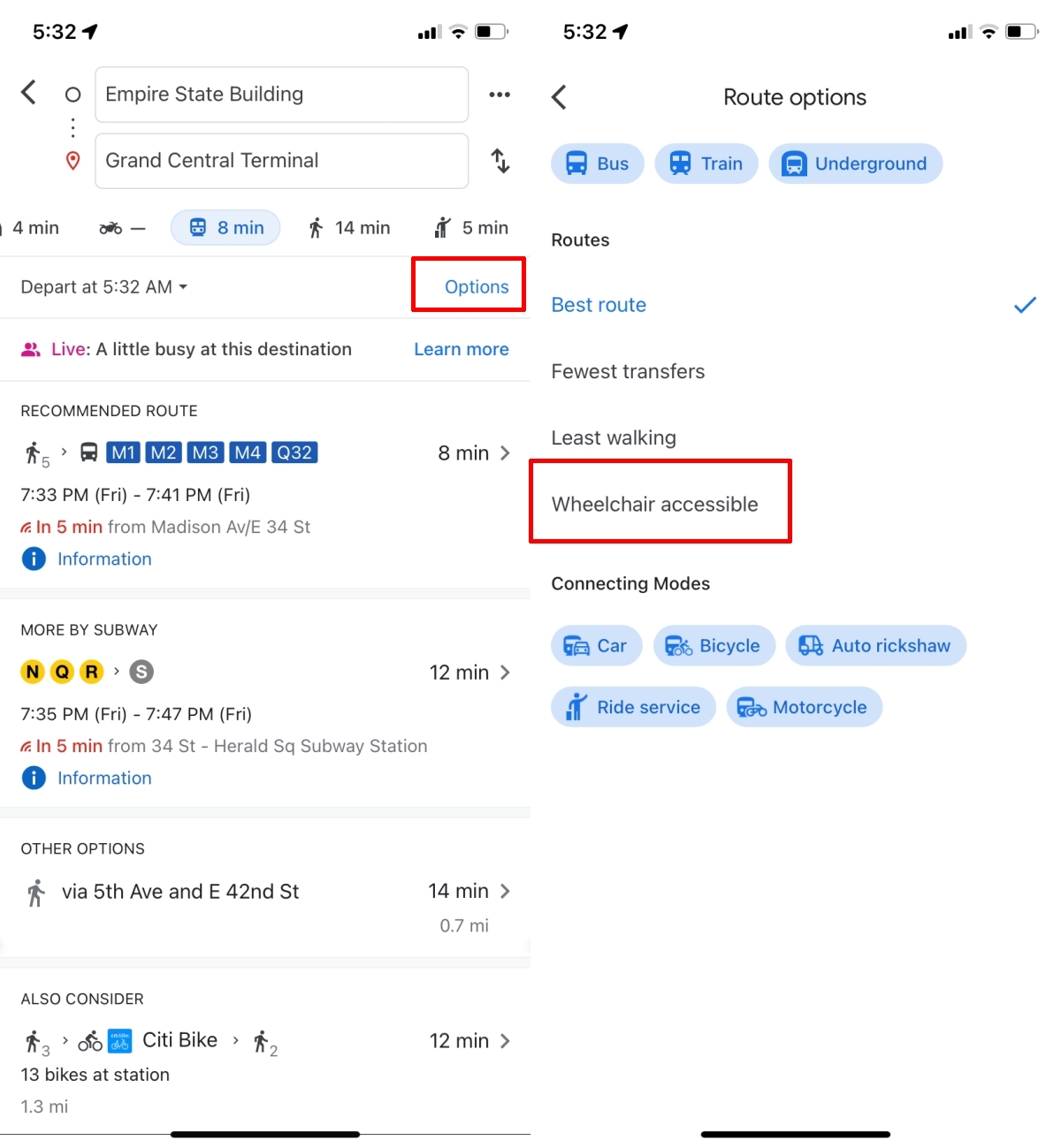Accessibility options remain limited throughout the world. While there has been a great deal of improvement in the past few years to make the world more accessible to people who are differently abled, we still have a long, long way to go.

Accessible transit routes on Google Maps
Travelling by public transport isn’t easy and if you have a disability, it may can be more of a challenge getting from point A to point B. You can make things easier with Google Maps. It can provide your accessible transit routes for your destination, provided they are available.
Find accessible transit routes on Google Maps
To find accessible transit routes on Google Maps, follow these steps.
- Open Google Maps on your phone.
- Enter a destination and tap the Directions button.
- Once the directions load, tap the public transport button.

- Tap Options.
- Tap the Wheelchair option.
- Return to Google Maps.
- The app will now show accessible routes.

What are wheelchair accessible routes?
The routes that you see when you filter them by accessibility are routes where you will find ramps and elevators that allow you to move easily if you’re in a wheelchair. Non-accessible routes tend to have stairs or escalators which are impossible to use if you’re in a wheelchair. If you need to purchase a ticket before your board public transport, you will also find counters or kiosks that are easier to use.
Limitations
Google Maps can find accessible routes where they are available. Unfortunately, accessibility still remains rare in most of the world with many countries lacking them completely. On top of that, public transport itself isn’t the best everywhere. If you live in a country where both public transport and accessibility do not get the attention they need, Google Maps really can’t help you.
Conclusion
For now, the accessibility options are available for public transport and only for those that use a wheelchair. If you do not use public transport or you use ride-sharing services, there isn’t much help to be found. If you, for example, have a visual impairment, Google Maps won’t be able to point you to where instructions in braille are available. To Google’s credit, the company has been working with transit companies to gather this information and keep it up to date. Transit companies have likewise been adding and improving accessibility options. There is still a long way to go to help make the world more accessible for all kinds of people.





